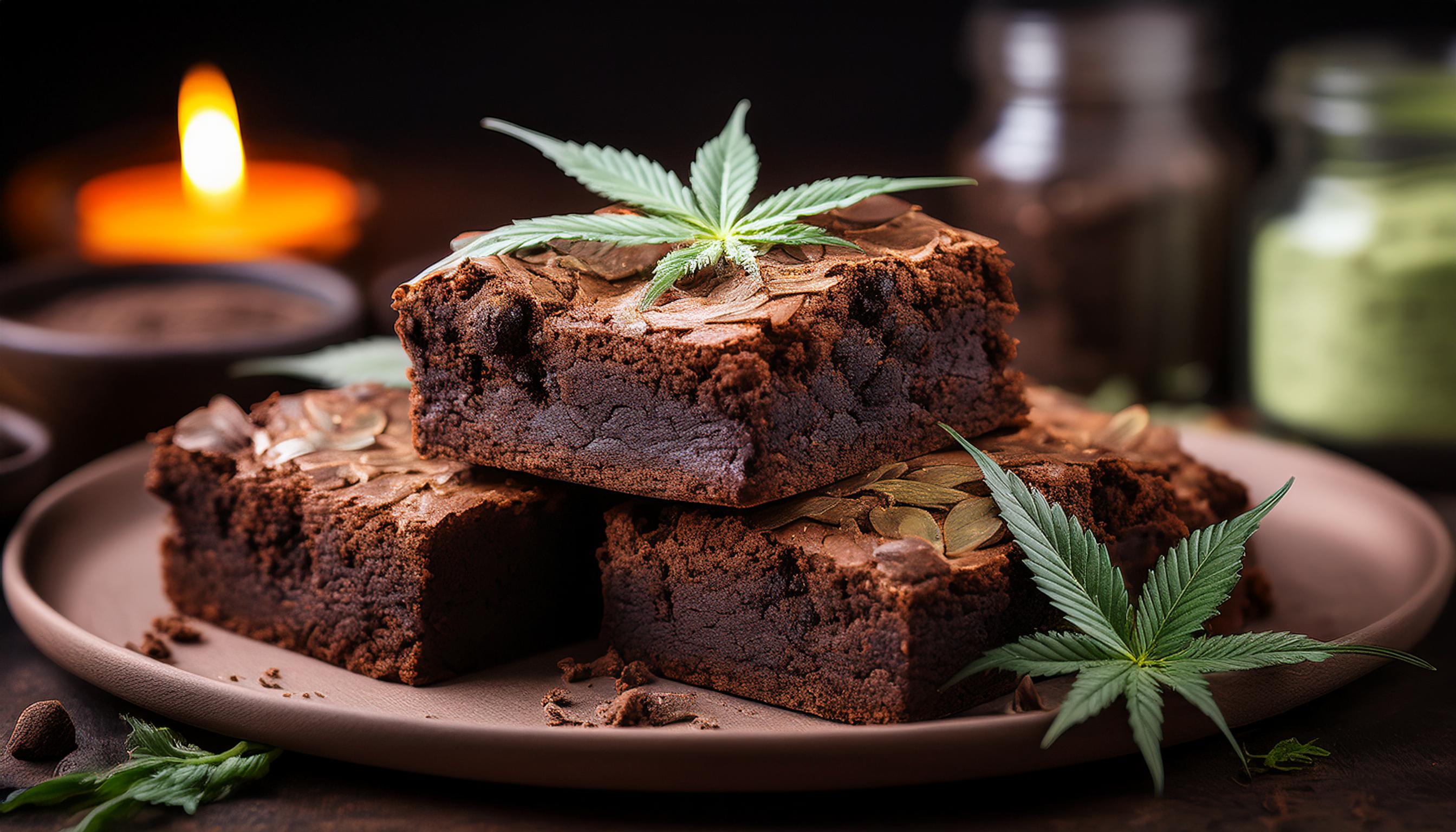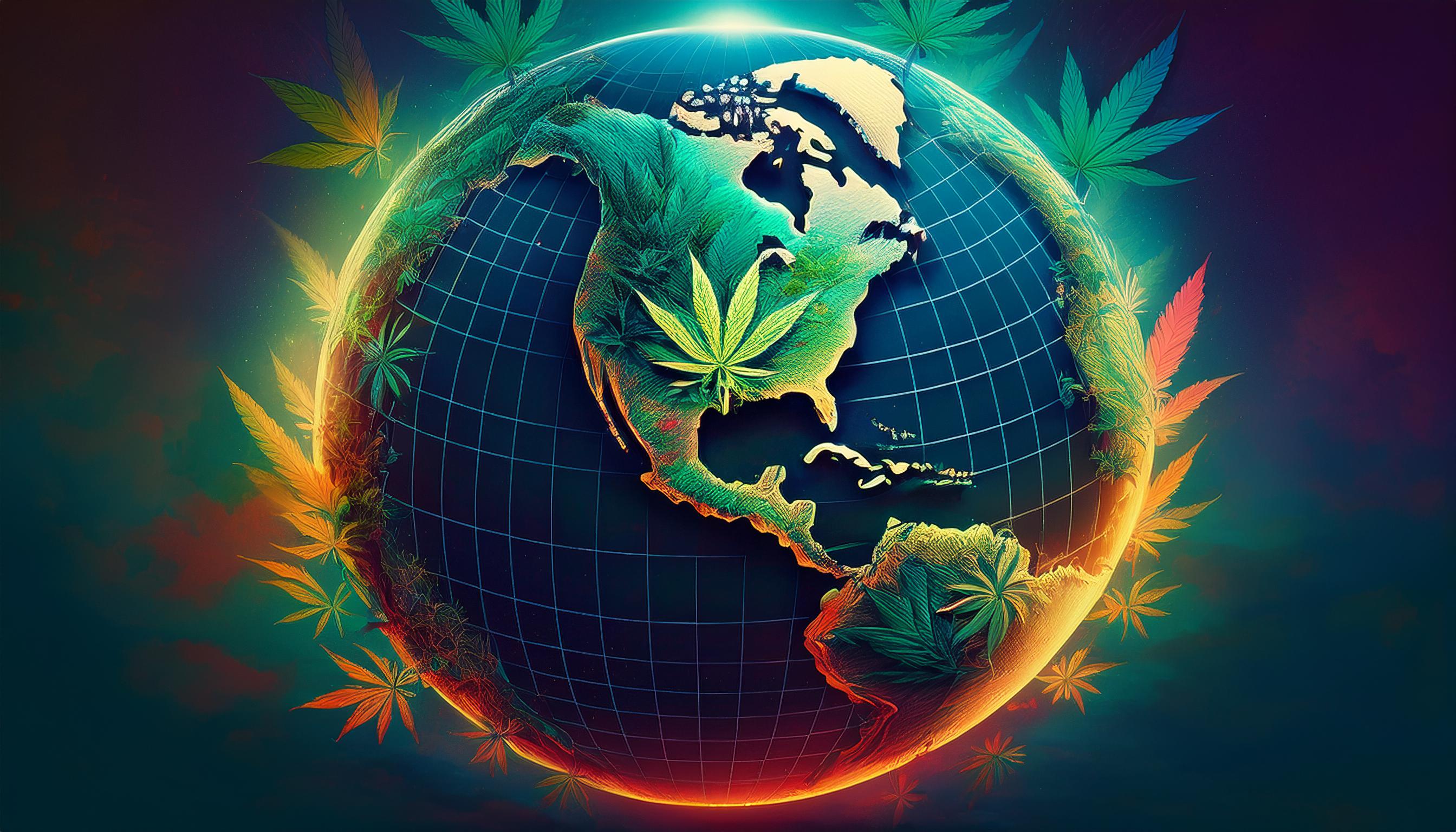The Growing Popularity of Cannabis Edibles: What You Need to Know
Sep 9, 2024
Cannabis edibles have exploded in popularity, offering a new way for consumers to enjoy the benefits of cannabis without smoking.
But with this rise in edible consumption, there are several key things you need to know—especially when it comes to safety, trends, and understanding the marketplace.
.jpg)
Dropship Cannabis with Us
Start Dropshipping Cannabis Today.
No inventory, no licensing dilemmas. Dr. Green takes care of everything while you watch your profits grow. Don’t wait, start your cannabis dropshipping journey now.
What Are Cannabis Edibles?
Simply put, cannabis edibles are foods and drinks infused with cannabinoids like THC (the psychoactive component of cannabis) or CBD.
From brownies to gummies and chocolates, there’s a huge variety of products that cater to different preferences.
Edibles are often seen as a convenient, smoke-free option for both medical and recreational users, providing longer-lasting effects compared to inhaled cannabis.
Why Are Edibles So Popular?
The convenience and discretion of edibles are major reasons why people are turning to these products. They don’t require special equipment like vaporizers or rolling papers, and they don't have the same strong smell associated with smoking marijuana.
Plus, they come in an array of tasty options that appeal to both first-time users and experienced consumers.
For medical users, edibles can provide longer-lasting relief compared to other forms of cannabis. This has led to an increase in demand among patients seeking an alternative to traditional pharmaceutical painkillers or anti-anxiety medications.
The Science Behind Edibles: What Makes Them Different?
When cannabis is eaten rather than smoked, it’s processed differently by the body. Instead of the near-instant high from inhaling THC, edibles take anywhere from 30 minutes to two hours to kick in.
This is because the THC must pass through your digestive system and liver, where it’s converted into a more potent form before entering the bloodstream. This results in a slower onset but longer-lasting effects—often up to six hours.
However, this delayed onset can lead to accidental overconsumption, especially for people who are unfamiliar with edibles. Someone might not feel the effects right away and take more than they should, leading to an overwhelming experience.
That’s why it's crucial for users to start with small doses and be patient.

Your Cannabis Business Made Easy
Skip the Hassle. Start Dropshipping Cannabis Now.
No facilities, no licenses, no stress. Dr. Green handles it all while you profit. Your cannabis business can begin now.
Current Trends in the Edibles Market
The edibles market is growing at an incredible rate. In states where cannabis is legal, many consumers are choosing edibles over traditional smoking products.
According to recent market research, cannabis edibles are now one of the fastest-growing segments in the cannabis industry, with sales expected to continue rising.
Some of the most popular products include:
Gummies and Candies: Easy to dose and widely available, gummies are leading the edible market.
Baked Goods: From brownies to cookies, baked edibles are a classic.
Cannabis Beverages: Though less popular than edibles, cannabis-infused drinks are gaining traction, especially in the health and wellness space.
Are Edibles Safe?
While edibles offer a more convenient and discreet way to consume cannabis, they also come with risks, particularly for children and inexperienced users.
The biggest concern is accidental THC poisoning. With cannabis edibles often resembling regular snacks, it's easy for kids or pets to mistake them for treats.
For parents, keeping edibles out of reach and in childproof packaging is critical. With the long-lasting and intense effects of THC in edibles, accidental consumption by children can result in serious health risks, including extreme drowsiness, confusion, or even hospitalisation.
Dosage and Labelling Challenges
Another major issue with edibles is the accuracy of dosing. Many products may not contain the exact amount of THC listed on the label, leading to inconsistent effects. This makes it difficult for consumers to know how much they’re really ingesting.
Manufacturers are working to solve these issues by improving testing standards and making dosing more precise. However, it's still wise for consumers to err on the side of caution—especially when trying a new product.

Effortless Cannabis Dropshipping
Launch Your Cannabis Business Without the Stress.
Say goodbye to complicated setups. With Dr. Green, you can dropship cannabis without the need for facilities or licenses. Start profiting from the cannabis industry today.
The Future of Cannabis Edibles
As more countries and states move toward legalisation, we can expect the edible market to become even more diverse. In the near future, you might see cannabis-infused drinks like teas and sodas in supermarkets or even gourmet edibles tailored for the health-conscious consumer, like low-sugar or gluten-free options.
With this continued growth, there will also be more emphasis on quality control, safety, and education around responsible consumption.
Best practices from the food and pharmaceutical industries are already being adopted to ensure that edibles are not only safe but also enjoyable for the consumer.
Conclusion
Cannabis edibles offer a fun, discreet, and smoke-free alternative to traditional marijuana consumption, but they’re not without their challenges.
As the market continues to grow, it's important to stay informed about the effects, risks, and latest trends in this evolving space.
By approaching edibles with care and knowledge, you can enjoy all the benefits while minimising potential downsides.